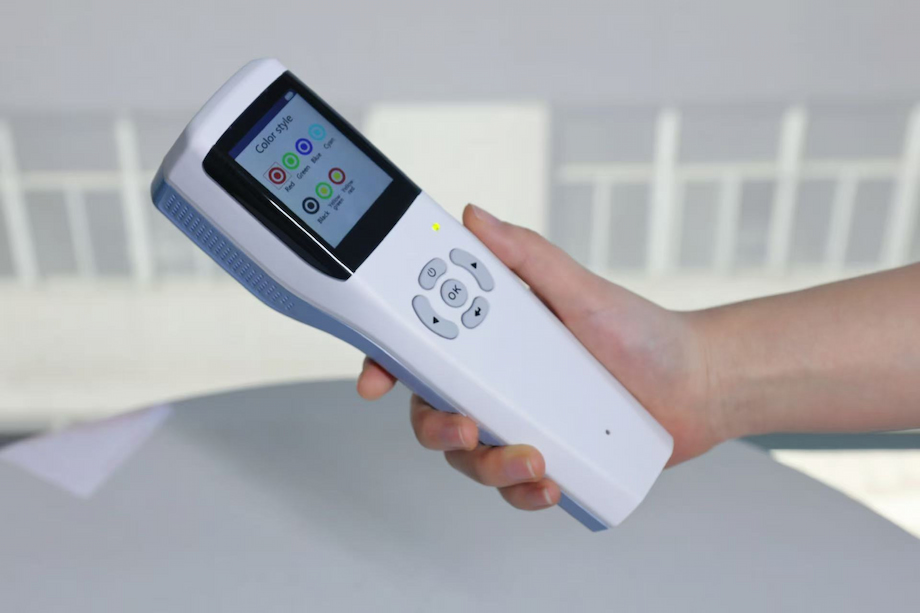Core Connection: Addressing the Most Challenging Clinical Scenarios in Pediatric Emergency Care
Pediatric emergency settings represent one of the most valuable applications for venous imaging devices. This connection is primarily manifested in addressing the following core challenges:
1. Patient Specificity: Difficulties in Establishing Venous Access
Physiological Factors: Infants and children possess inherently small, fragile blood vessels and relatively thick subcutaneous fat layers, making vessels invisible to the naked eye and difficult to palpate.
Emotional Factors: Young patients often experience fear, crying, and non-compliance, causing vasoconstriction and further complicating puncture attempts.
Dehydration/Critical Illness: In emergency settings, dehydrated, shock-affected, or hypotensive children exhibit collapsed vessels, making traditional localization nearly impossible.
2. Environmental Specificity: High Pressure and Urgency
Time Pressure: In critical situations (e.g., status epilepticus, severe dehydration, sepsis), rapidly establishing an IV line for medication administration or fluid infusion is vital for saving lives. Each failed attempt delays treatment.
Compounding Stress: A child's distress and parental anxiety create immense psychological pressure on healthcare providers, potentially leading to technical errors and creating a vicious cycle: “The more unsuccessful attempts, the greater the tension; the greater the tension, the fewer successful attempts.”

How does the new vein imaging device transform pediatric emergency care?
This innovative technology uses near-infrared light to project real-time images of subcutaneous veins directly onto the skin surface, clearly revealing vessel location, trajectory, and branching patterns.
Its specific value in pediatric emergencies includes:
1. Significantly increases first-attempt success rates
This is the most critical metric. Studies show vein imaging devices can boost first-attempt success rates in pediatric patients by 20% to 50% or more.
Significance: Reduces patient distress, shortens access establishment time, and secures a valuable window for critical interventions.
2. Reduces overall puncture attempts
Average attempts decrease from 3-4 to 1-2, or even one successful attempt.
Significance:
- Minimizes trauma for children: Prevents them from becoming “needle pads,” reducing physical and psychological harm.
- Alleviates parental anxiety: Significantly boosts parents' trust in the medical team.
- Protects healthcare providers: Lowers work frustration and enhances job satisfaction.
3. Provides solutions for “difficult vein” patients
For obese children, those with darker skin tones, severe dehydration, or multiple chemotherapy treatments, vein imaging devices are nearly the only non-invasive, rapid tool for locating veins.
4. Optimizing Workflow and Enhancing Emergency Department Efficiency
Reduces the need to call senior nurses or anesthesiologists for central venous catheterization due to repeated puncture attempts.
Enables healthcare providers to treat more patients faster, alleviating emergency department congestion.
5. As a Communication and Reassurance Tool
For patients: Project images onto their hands or toys, turning the process into a “game” to distract and reduce fear.
For parents: Visually demonstrate vein locations, helping them understand the procedure's difficulty and necessity. This transforms them from bystanders into “allies,” strengthening communication and trust.
Also welcome to contact us, we are ZD Medical Inc.
Tel : +86-187 9586 9515
Email : sales@zd-med.com
Whatsapp/Mobile : +86-187 9586 9515